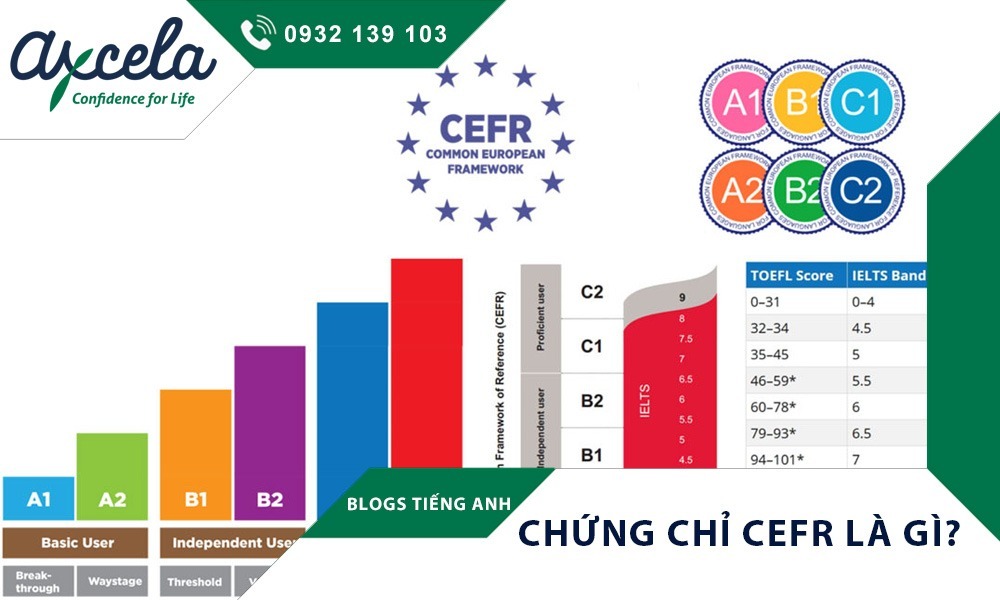
How do companies evaluate employees' and candidates' English communication skills?
-
01
Interview in English with human resources representative and managers who are foreign expert
-
02
Using tests and proficiency assessment standards created by English language centers themselves.
-
03
Through English tests sold online.
-
04
Candidates or Employees submit TOEIC & IELTS certificates
Disadvantages
of above approaches:
-
Candidates/Employees can prepare in advance for English interview situations.
-
The available tests are mostly multiple-choice, focusing on grammar, vocabulary, and reading comprehension. However, in professional settings, communication requires listening and speaking skills.
-
Assessments from language centers are typically developed and use their own standards. Businesses cannot accurately determine if candidates/employees who meet these standards will communicate at the level required for their job.
-
Many language centers offer international certification exam preparation programs that focus on test-taking tips to achieve high scores. Therefore, someone with a high score on these certifications may not necessarily meet the English communication requirements in the workplace.
Axcela's English Language Proficiency Assessment for Workplace
Sign up for
Receive the latest news on effective ways to learn English as well as attractive promotional programs.










